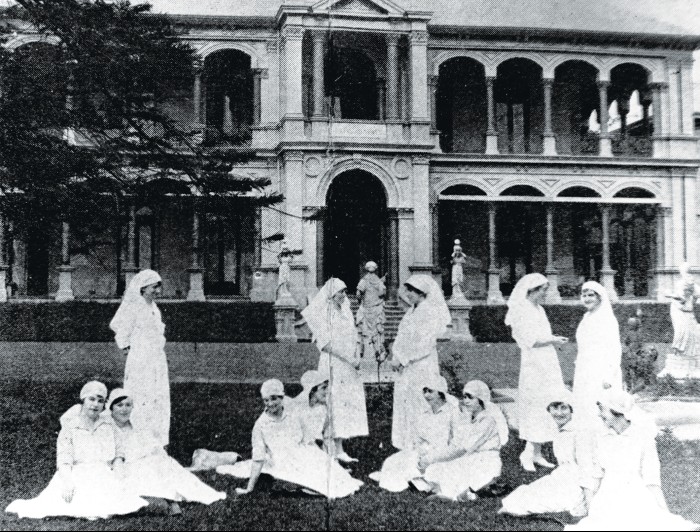Uniting War Memorial Hospital celebrates a ‘Century of Caring’
Thursday 25 April not only saw Uniting War Memorial Hospital staff and patients celebrate ANZAC Day, it also marked a ‘Century of Caring’, after the land and buildings on the historic site were bequeathed to the Methodist Church for use as a hospital post World War One by the Vickery family.
The original letter, signed on ANZAC Day 1919 by the widow of the late Ebenezer Vickery of Waverley and her 10 children, confirmed the donation of the property which allowed the War Memorial Hospital to officially open its doors as a medical, surgery and midwifery hospital in 1922.
Ged Hyde, Executive Manager of the Uniting War Memorial Hospital said the hospital has celebrated many significant milestones over the past 100 years.
“On Armistice Day in 1925 the first 13 nurses graduated from War Memorial Hospital. In 1941 the hospital recorded the third highest birth rate in a NSW hospital,” Mr Hyde said.
The hospital became a public health organisation within the NSW Health system in 1969 and is now a part of SESLHD, operating as a specialist aged rehabilitation service.
“This historic site is significant, not only as a tribute to yesterday, but for the important services it still provides today and will continue to offer into the future. The campus is an important community hospital for our district,” Mr Hyde said.
After moving its focus to geriatric rehabilitation in 1982, today the hospital offers quality care across a range of specialist services including inpatient, multidisciplinary outpatient and community settings.
“This is also the home of our award winning Geriatric Flying Squad, launched in 2010, which sends rapid response teams to review elderly clients keeping them healthy at home whilst minimising emergency department presentations and hospital admissions,” Mr Hyde said.
The grounds and heritage buildings of the Uniting War Memorial Hospital represent one of the largest remaining suburban Victorian spaces in Eastern Sydney.
